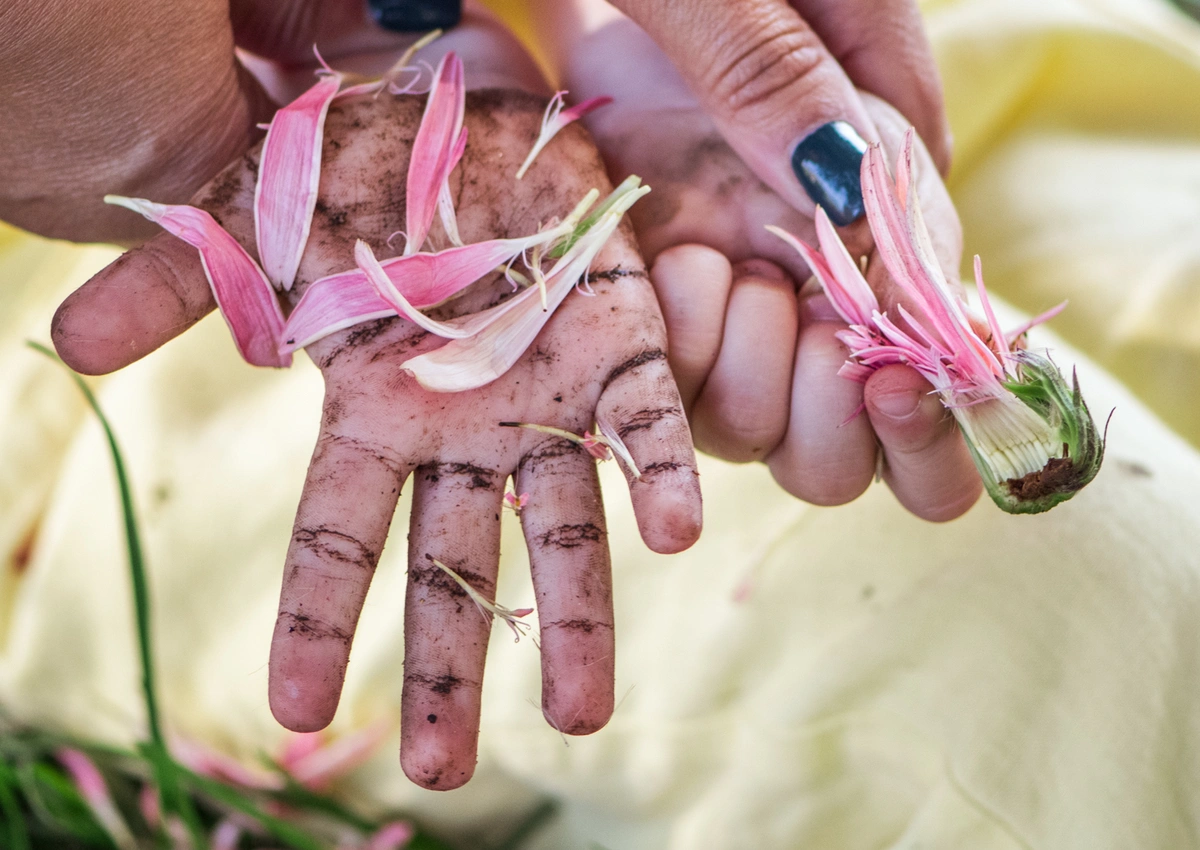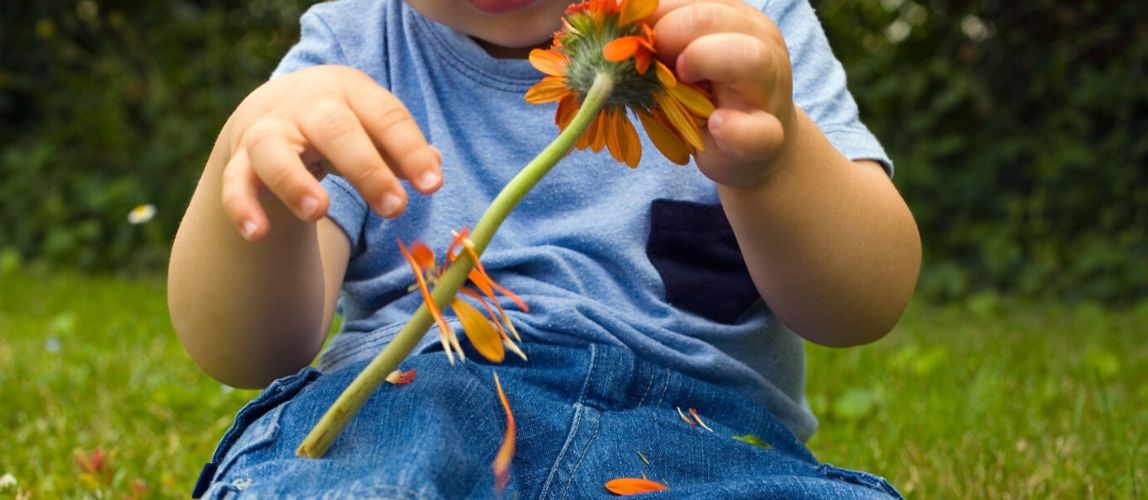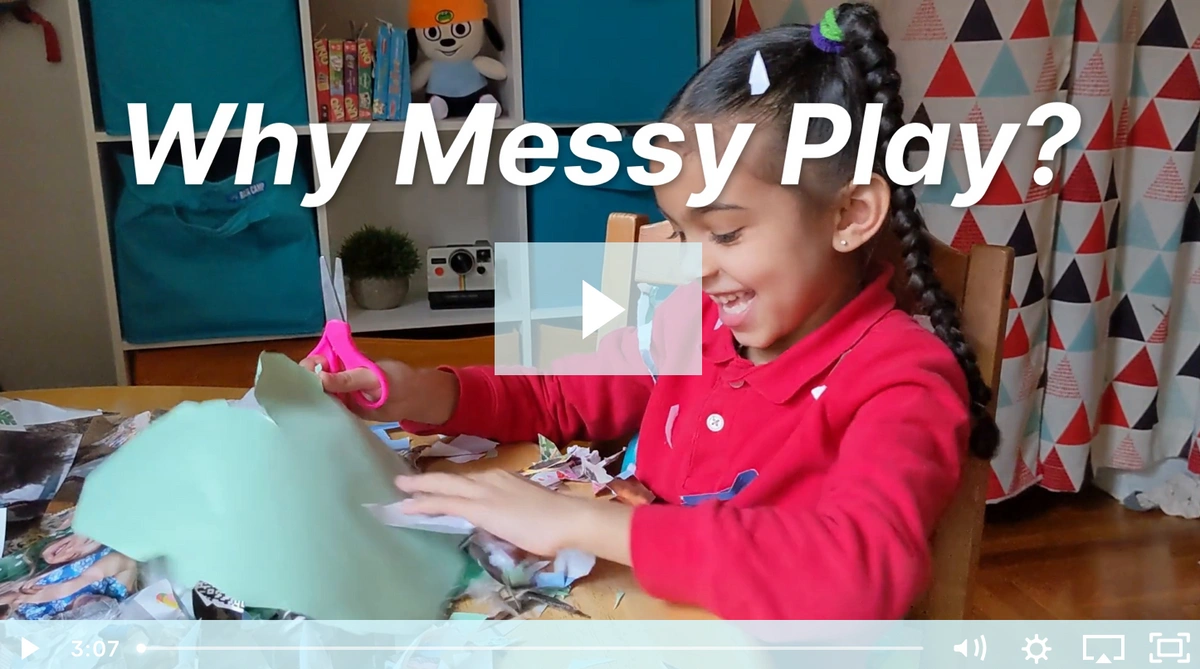A small part of me dies every time one of my kids crushes my Magna-Tiles castle. And you don’t want to be in earshot if one of them does this to their sibling. It’s quite natural to be aggravated by this demolition and to try hard to prevent it. However, destruction is actually a super satisfying and engaging part of play, and whenever kids are genuinely drawn to something in their play, we smell learning. So, before we outlaw demolition altogether, let’s look more closely at its value.
STEM Learning
From a STEM perspective, taking things apart not only stokes curiosity, but it reveals to children the inner workings of objects and, in turn, the world around them. Adult minds already know that objects differ inside and out, but this is big, brain-building news to young learners. Kids also learn about cause and effect when they manipulate an object and see it change in form or shape. Different items come apart differently, naturally offering the chance to tinker and find the most efficient way to deconstruct. For example, you can rip paper along the grain, and it’s easy; rip it against the grain, and it’s difficult. As a kid, I am pretty sure I spent hours honing my technique for removing the “flesh” of a maple leaf to leave behind stem and veins—super satisfying.
There are virtually endless, easy ways to give kids the chance to explore the inner workings of things. Try one of these today:
- Pluck the bark off of an old stick to uncover the smooth inside
- Pull apart a fallen flower to reveal its inner parts
- Blow away every last dandelion seed
- Rip up paper (Not sure this engaging? Just ask this baby.)
Creativity
"Being destructive for the child in a play context is just as much about tearing up old ideas and notions as it is about tearing up a leaf into tiny, tiny strips...and both should be encouraged." — Marc Armitage c/o Wilder Child
A scientist/artist expert team identified a “3 B’s” framework for three thinking processes humans use when we are creative—breaking, bending and blending. What kids do physically forms a foundation for thinking processes they will use later on, so physically breaking objects now prepares kids to break concepts later. This is why you'll see a lot of the 3 B's in Tinkergarten lessons! Learn more about the 3 B's of creativity in this 3 minute video just for grown-ups.
Destructive play is also inherently messy and there is great wisdom to the saying, “Play messy today, think creatively later.” When we allow kids to make mud, mix different paints together, or dump out all of the toys to see what happens, we allow them the chance to get comfortable acting freely and exploring a wider range of possibilities. In short, we’re giving them the go ahead to play outside the box so they can think outside the box later on. Watch this 3 minute video to learn more about how messy play supports kids' creativity.
Body and Brain Skills
It’s quite challenging for young hands to hold and pick objects apart, which makes ripping, pulling, and plucking things to pieces a great way to build fine motor skills—a skill set required for many school and life tasks, from cutting with scissors, turning a doorknob to writing.
The very act of transforming the shape, state, and nature of a material is, in and of itself, a universally engaging play pattern. Children all over the world become engrossed with this type of play activity. If your kids love to make mud or mix their hummus, peas, and milk together at dinner time, you know precisely what I mean. The chance to repeat these patterns can support both body and concept development. Hurrah!

Supporting Learning through Destruction
So, how can we support this important behavior?
-
Model destruction yourself. Pluck, pull, and pick apart objects you find either in a natural setting or around the house. Show your joy as you work, and share your open curiosity—even amazement—at what you find inside!
-
Celebrate destruction. Expect your child to knock down your structures and share in their excitement and joy when they do.
-
Encourage older siblings or neighbors to participate. Encourage older kids to play the role of teachers who can celebrate the younger ones’ destructive work and help them learn. Just knowing that the younger child is knocking down towers in order to learn can work wonders on softening an older child’s distress when destruction strikes.
-
Demolition has its place. Nature, with a nearly endless supply of fallen treasures to pick apart and plenty of space to make messes, is an ideal space for deconstruction.
-
There are times to deconstruct and times not to deconstruct. We should help kids build an understanding of when to demolish and when not to. However, like all social skills, kids learn this over time and through trial and (yes) error. You can model how to be considerate to friends by using language like, “Wait. We have to ask our friend before we knock down the tower she/we are building.” If you’re still worried, something to consider: If your child gets the timing wrong, they will get immediate feedback from their peer, which, over time, is likely the best way to learn when is not a good time to demolish. That other child also likely benefits from the chance to cope with the temporary distress of a toppled tower.
-
If enough is enough: If your child continues to demolish and cause distress, then suggest moving to a different area so their friend has space to build. Even if you have to do this more than once, this is all part of helping your child learn.
-
Worried your child’s destruction will tread on nature? To help kids learn to leave just a little trace, try to talk about playing with things “found on the ground” so kids are not pulling the nicely bloomed tulips or tearing limbs off of the shrubs. If your little one is young, continue to gently remind. They will come to understand in time.




